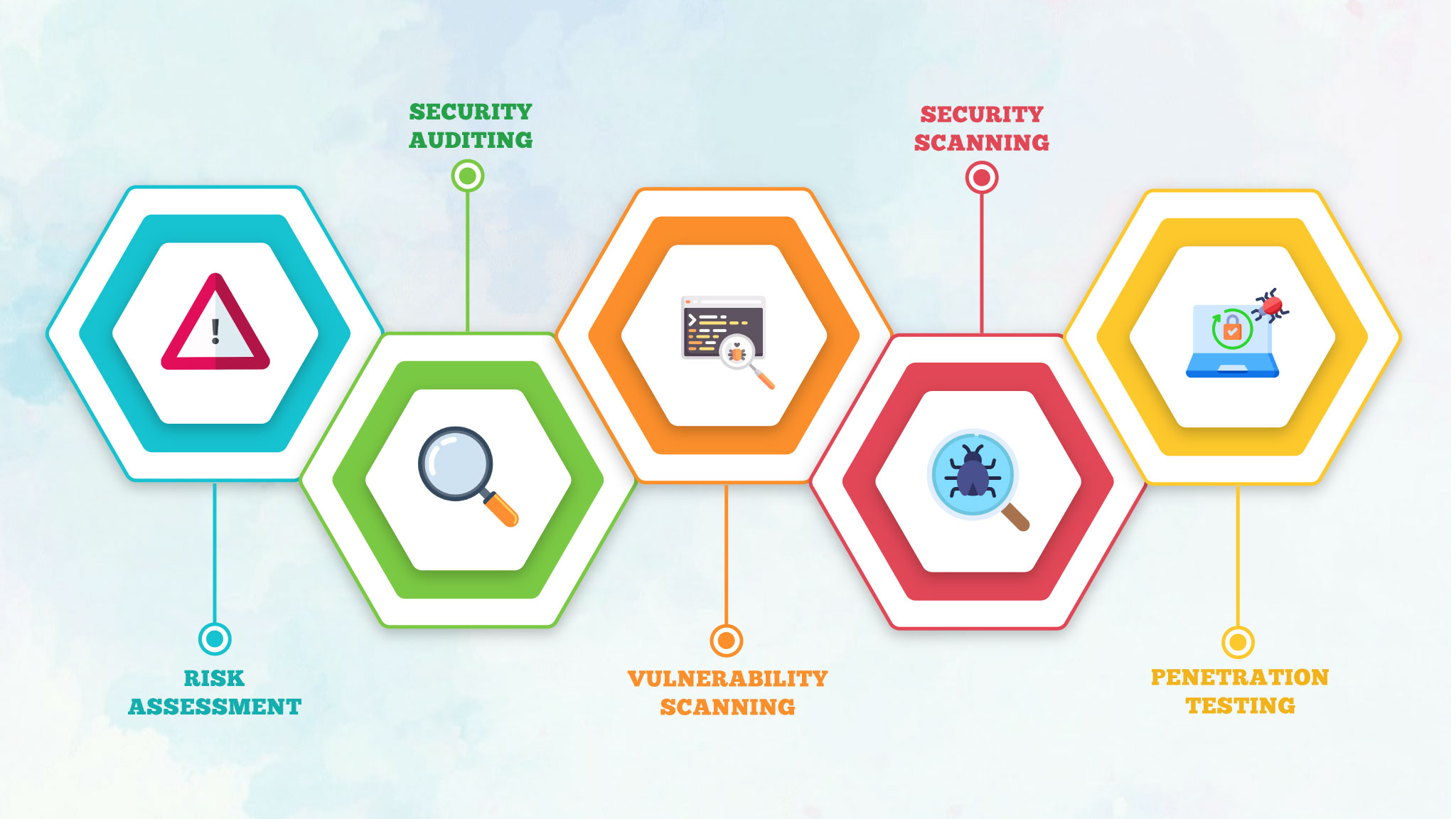
The Value of Security Testing
With the increasing complexity of business logic and the growing dependence of companies on APIs and other interconnected methods for software product development and deployment, ensuring security testing in software development has emerged as a paramount priority. Applications, particularly those operating in web browsers, often consist of numerous interconnected components, presenting multiple vulnerabilities that can be exploited.

In this article we’ll talk about security testing: what it is, why you need it, and what type of security testing to use, when.
What Is Security Testing?
Security testing is the process of testing an application for security weaknesses. It is generally performed as part of a comprehensive software testing solution comprised of both manual and automated testing suites. Security testing typically falls into the automated spectrum of software testing, as automated security testing tools can do the job more efficiently than humans and can be scaled to replicate all levels of attack.
Why Is Security Testing Important?
Security testing exposes vulnerabilities in your software that attackers might use to exploit your system. It is about more than simply breaking into an application: it is about finding weak points between interconnected modules and design flaws that might lead to security holes.
These days, if your application is not secure, mobile app stores may not even allow the app to be listed. Users who experience a security breach on your website will never come back and indeed, a breach of this nature could lead to a massive PR catastrophe.
5 Security Testing Types and When to Use Them
There are 5 major types of security testing, and each one happens at a slightly different step in the application development lifecycle.

Risk Assessment
This step in the security process happens at the design stage of software development. It is usually considered the first step in risk management and security testing. Prior to building a new module, API, or application, potential security risks and vulnerabilities should be discussed with all relevant stakeholders.
This part of the security testing process often goes overlooked, but it is one of the most important steps in application development.
Source Code Review
This is a critical step in the software lifecycle, and is part of the security testing solution that cannot be automated. A human, typically a programming manager, reviews the code commits of other programmers to look not only for code quality but also for potential security risks.
As part of an agile approach to software development, this should happen regularly, every time a new piece of code is added to the code base.
Penetration Testing
This form of security testing typically happens near the end of the software development lifecycle, before the software is released to production. This can be done via automated testing suites or manually. Testers work to expose the flaws in your software’s security before hackers can find and exploit those same weaknesses in the wild.
Scanning for Vulnerabilities
This type of security testing is automated and is not tied to any particular even in the software lifecycle. It is a background activity that runs all the time, scanning parts of your system or application for potential weaknesses. It is similar to a virus scanner that runs on your laptop.
This should be a baseline component of your application’s security measures once it is released to production.
Security Audits
Regular audits of your application’s security are necessary to ensure compliance with security best practices, laws, and company policy. An audit is usually carried out by a third-party, and involves a systematic examination of the system to evaluate and report any vulnerabilities.



































